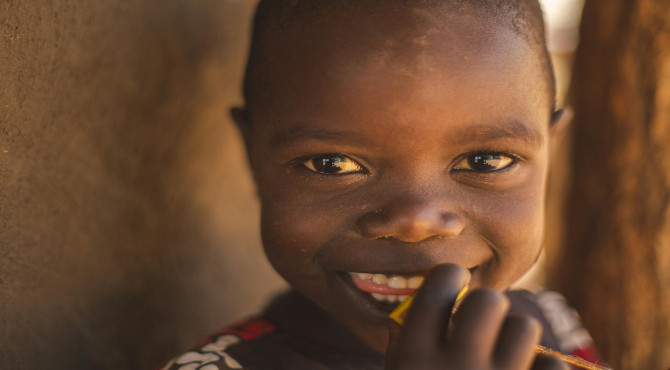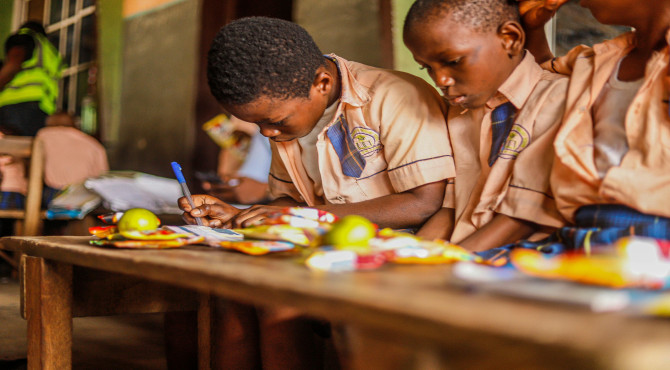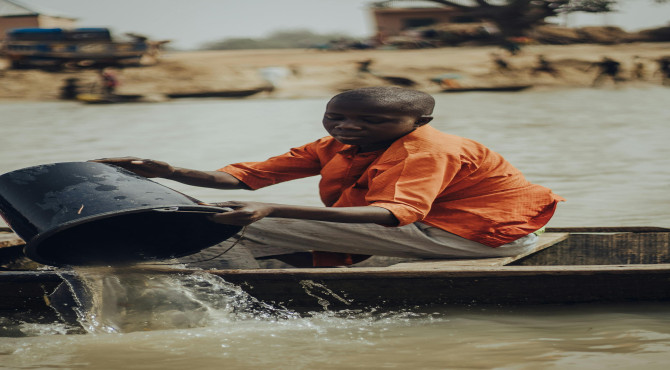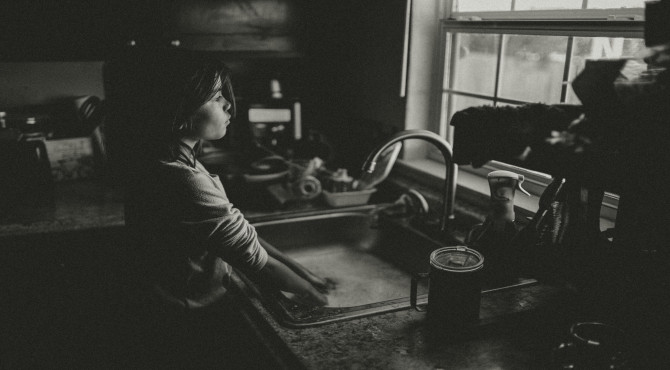The effects of public violence on children.
Children are often the silent victims of public violence, bearing emotional, psychological, and physical scars that can last a lifetime. Whether it’s gun violence, political unrest, or community conflict, the impact on young minds is profound and multifaceted. Understanding these effects is the first step toward creating environments where children can heal and thrive.
1. Emotional and Psychological Impact
Exposure to violence can profoundly affect a child’s emotional well-being:
Anxiety and Fear: Children who witness violence may develop a heightened sense of danger, leading to constant fear and hyper-vigilance.
Depression: Feelings of helplessness and sadness are common, especially when children lose loved ones or feel unsafe.
Post-Traumatic Stress Disorder (PTSD): Flashbacks, nightmares, and difficulty concentrating are symptoms many children develop after traumatic events.
2. Behavioral Changes
Children often express their internal struggles through changes in behavior:
Aggression: Exposure to violence can normalize aggressive behavior, leading some children to act out in harmful ways.
Withdrawal: Others may become socially withdrawn, avoiding interactions with peers and adults.
Academic Decline: Trauma can impair a child’s ability to focus, leading to poor performance in school and a lack of interest in learning.
3. Physical Health Consequences
The stress associated with violence doesn’t just affect the mind—it can take a toll on the body as well:
Sleep Disorders: Nightmares and insomnia are common in children exposed to violence.
Weakened Immune System: Chronic stress can weaken the body’s natural defenses, making children more susceptible to illness.
Injuries: In some cases, children may sustain physical injuries from being caught in violent situations.
4. Impact on Social Development
Violence disrupts a child’s ability to form healthy relationships:
Trust Issues: Witnessing violence often erodes trust in adults, authority figures, and even peers.
Difficulty Forming Bonds: Fear and emotional numbness can make it challenging for children to connect with others.
Normalization of Violence: Growing up around violence can lead children to view it as an acceptable way to solve problems.
5. Long-Term Consequences
Without intervention, the effects of public violence can persist into adulthood:
Mental Health Disorders: Anxiety, depression, and PTSD often continue into later years if untreated.
Cycle of Violence: Some children grow up to perpetuate the violence they experienced, creating a cycle that is hard to break.
Economic Challenges: Poor academic performance and social difficulties can limit career opportunities, perpetuating poverty and instability.
How to Help Children Affected by Public Violence
Addressing the impact of public violence on children requires a holistic and proactive approach:
Provide Emotional Support:
Offer counseling and therapy to help children process their experiences.
Create safe spaces where children feel heard and validated.
Ensure Safety:
Advocate for policies that reduce violence in communities.
Support initiatives that provide secure environments for children, such as after-school programs.
Promote Awareness:
Educate parents, teachers, and community leaders about the effects of violence and how to support affected children.
Encourage Positive Role Models:
Engage children with mentors who can provide guidance and a sense of stability.
Foster environments that promote healthy relationships and conflict resolution skills.
Invest in Community Healing:
Support programs that rebuild and strengthen communities after violence.
Focus on addressing the root causes of public violence, such as poverty, inequality, and lack of education.
Conclusion
The effects of public violence on children are profound and far-reaching, impacting their emotional, physical, and social development. However, with concerted efforts from families, communities, and policymakers, it is possible to mitigate these effects and give children the tools they need to heal and build brighter futures. Protecting our children from violence is not just a moral imperative—it is an investment in a safer, more compassionate world.







